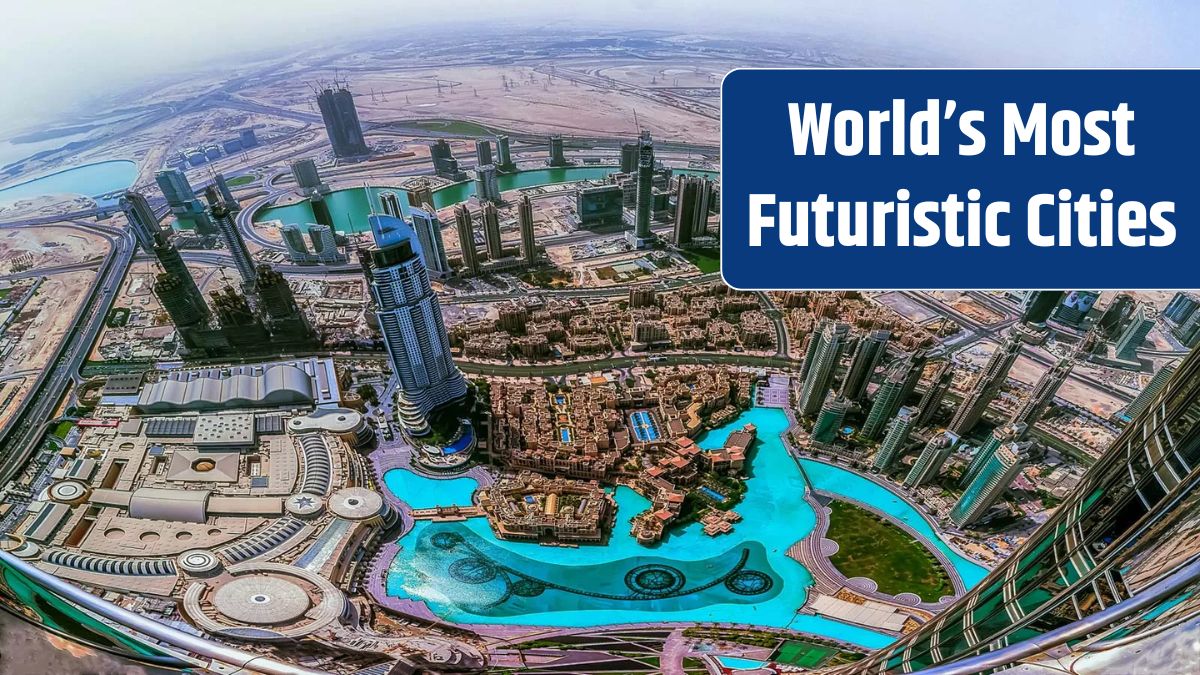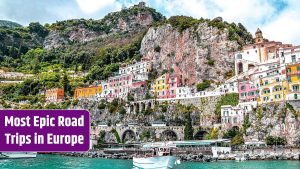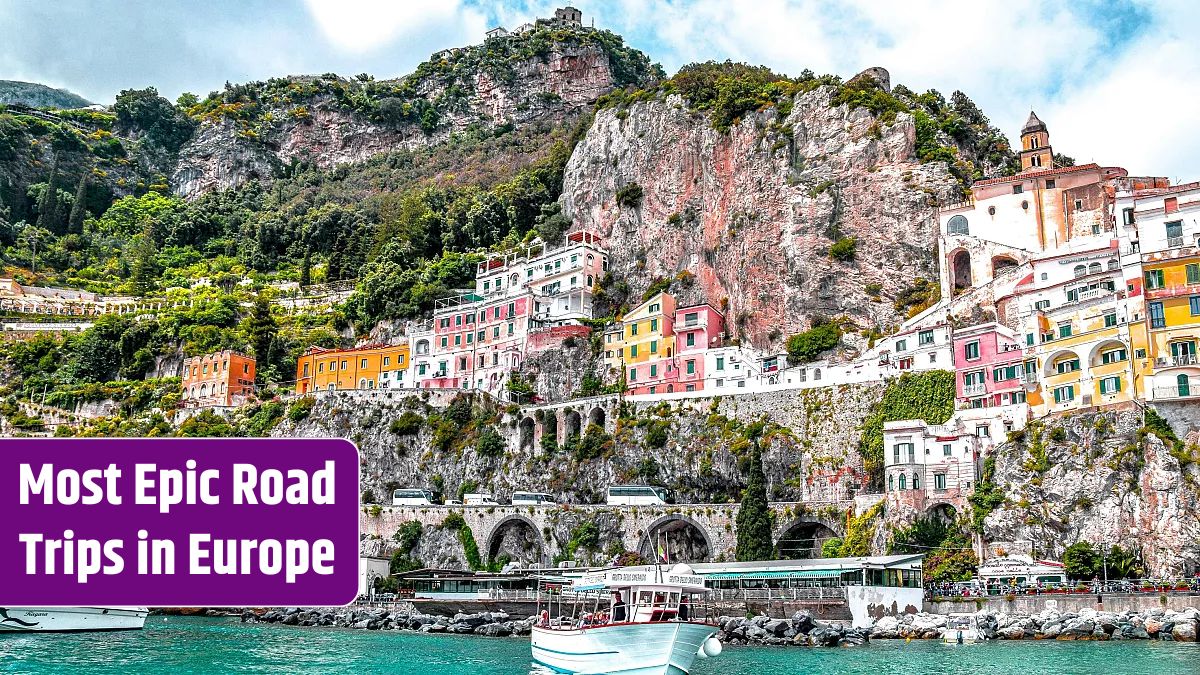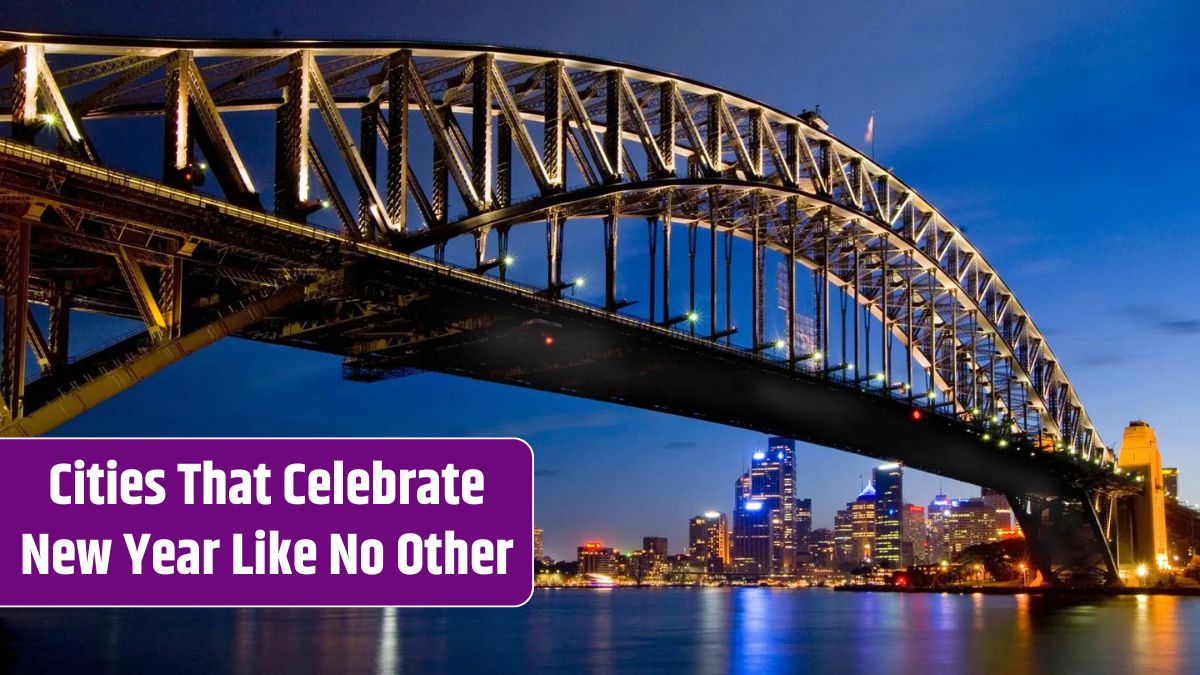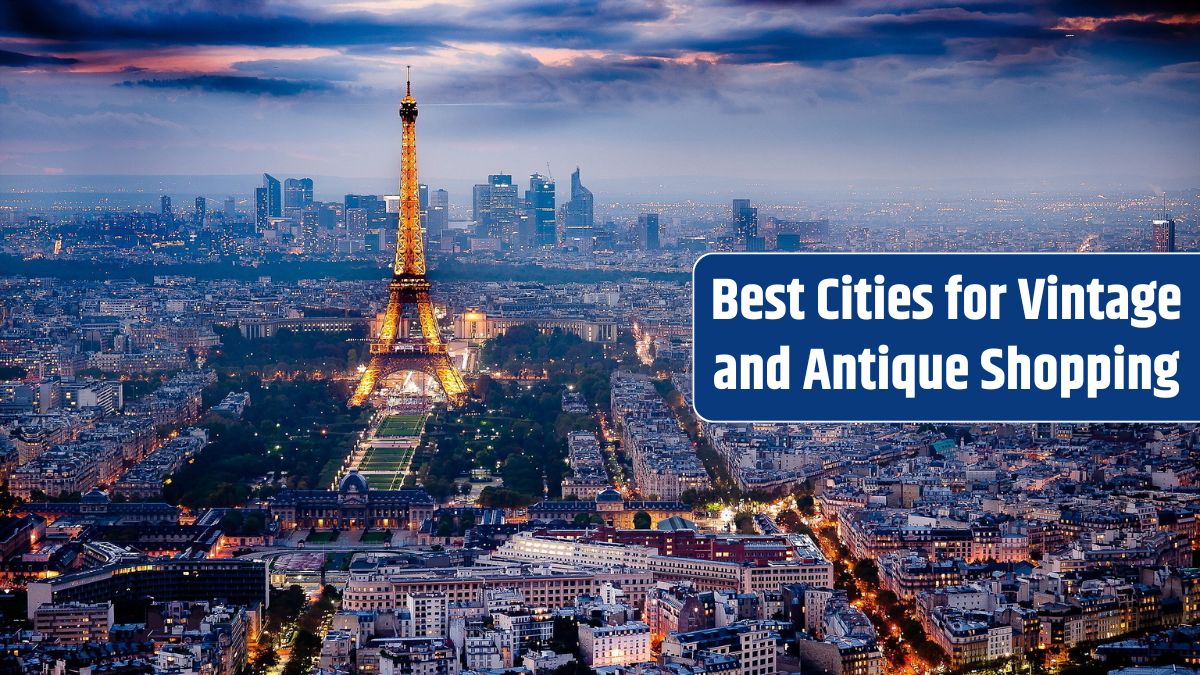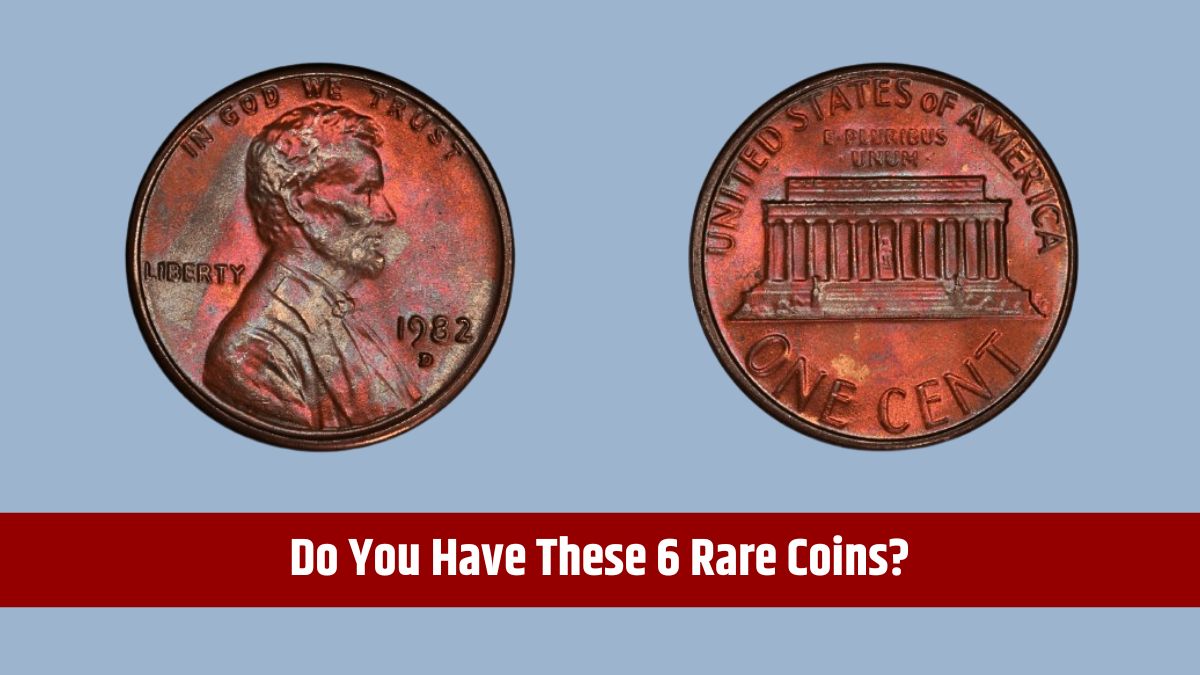Some cities around the globe are not just adapting to the future—they’re creating it. These metropolises are at the forefront of innovation, sustainability, and design, offering a glimpse into the possibilities of tomorrow. Here are the top five futuristic cities that combine cutting-edge technology with visionary urban planning.
Table of Contents
Tokyo, Japan
Tokyo has long been a symbol of innovation, blending high-tech marvels with traditional Japanese culture. From robot restaurants to smart infrastructure, Tokyo represents the forefront of futuristic urban living.
- Futuristic Features:
- Advanced public transportation, including high-speed bullet trains.
- AI-powered hotels and robot-operated eateries.
- Akihabara, the hub for tech and gaming enthusiasts.
- Why Visit: Explore TeamLab Borderless, an interactive digital art museum, and ride the futuristic Yurikamome train for stunning cityscapes.
Pro Tip: Visit Odaiba for cutting-edge attractions like the life-size Gundam statue and Miraikan science museum.
Dubai, UAE
Dubai is a city that has transformed from a desert outpost to a global icon of modernity. Known for its awe-inspiring skyscrapers and record-breaking projects, Dubai constantly redefines what’s possible.
- Futuristic Features:
- Burj Khalifa, the world’s tallest building.
- Autonomous public transport, including driverless taxis and hyperloop plans.
- The Museum of the Future, showcasing groundbreaking innovations.
- Why Visit: Experience the Palm Jumeirah, an artificial archipelago, and attend Expo City Dubai for global tech showcases.
Pro Tip: Don’t miss the Dubai Fountain show, synchronized with lights and music, for a sensory treat.
Singapore
Singapore is a model of urban sustainability and smart city technology. With its eco-friendly policies and futuristic architecture, this city-state is a blueprint for cities of the future.
- Futuristic Features:
- Gardens by the Bay, featuring Supertree Grove and a climate-controlled dome.
- Autonomous vehicles and a smart traffic management system.
- Marina Bay Sands with its iconic infinity pool and SkyPark.
- Why Visit: Explore Jewel Changi Airport, a destination in itself with a massive indoor waterfall and lush greenery.
Pro Tip: Visit during the Singapore Night Festival to witness art and tech installations lighting up the city.
Shenzhen, China
Known as China’s Silicon Valley, Shenzhen is a hub for innovation and tech manufacturing. It’s a city where futuristic ideas are turned into reality at an astonishing pace.
- Futuristic Features:
- A fully electric public bus fleet.
- Cutting-edge architecture like the Ping An Finance Centre.
- HQs for tech giants like Huawei and Tencent.
- Why Visit: Check out Huaqiangbei, the world’s largest electronics market, and the futuristic Window of the World theme park.
Pro Tip: Take a ride on the Maglev train, which operates at speeds up to 350 km/h (217 mph).
Seoul, South Korea
Seoul seamlessly integrates high-tech infrastructure with vibrant culture. With its focus on digital connectivity and smart living, it’s a leader in the race to a hyper-connected future.
- Futuristic Features:
- 5G networks powering smart city innovations.
- Coex Mall with interactive digital displays and entertainment zones.
- The Dongdaemun Design Plaza, a futuristic architectural marvel.
- Why Visit: Explore Lotte World Tower, one of the world’s tallest buildings, and experience holographic K-pop concerts.
Pro Tip: Visit the Digital Media City, a hub for AI, VR, and digital broadcasting technology.
Futuristic Cities Cost Comparison
Here’s a look at average costs for look into these cities:
| City | Accommodation (Per Night) | Dining (Per Day) | Transport | Activities |
|---|---|---|---|---|
| Tokyo | $80–$300 | $20–$50 | $5–$15 | $10–$30 (museums) |
| Dubai | $100–$500 | $50–$150 | $10–$50 | $20–$100 (attractions) |
| Singapore | $100–$300 | $30–$80 | $5–$20 | $10–$50 (sightseeing) |
| Shenzhen | $50–$200 | $10–$40 | $5–$15 | $10–$30 (parks, tours) |
| Seoul | $80–$250 | $20–$50 | $5–$15 | $10–$40 (experiences) |
Tips for Visiting Futuristic Cities
- Plan Ahead
Many popular attractions require advance bookings or tickets. - Use Public Transport
These cities offer some of the most efficient public transit systems in the world. - Embrace Tech
Download city apps or travel guides to make the most of smart city features. - Stay Central
Staying in the city center often means easier access to major attractions.
Whether you’re marveling at Tokyo’s tech hubs, wandering through Dubai’s architectural wonders, or enjoying Singapore’s eco-futuristic designs, these cities provide a thrilling glimpse into the future.
FAQs
Which city is most sustainable?
Singapore excels in eco-friendly and smart urban planning.
What’s the most affordable futuristic city?
Shenzhen offers advanced tech experiences at budget-friendly prices.
When’s the best time to visit Dubai?
November to March for cooler temperatures and outdoor activities.
Is Seoul family-friendly?
Yes, with attractions like Lotte World and interactive museums.
Do these cities have good public transport?
Yes, all five cities boast efficient and futuristic transit systems.
